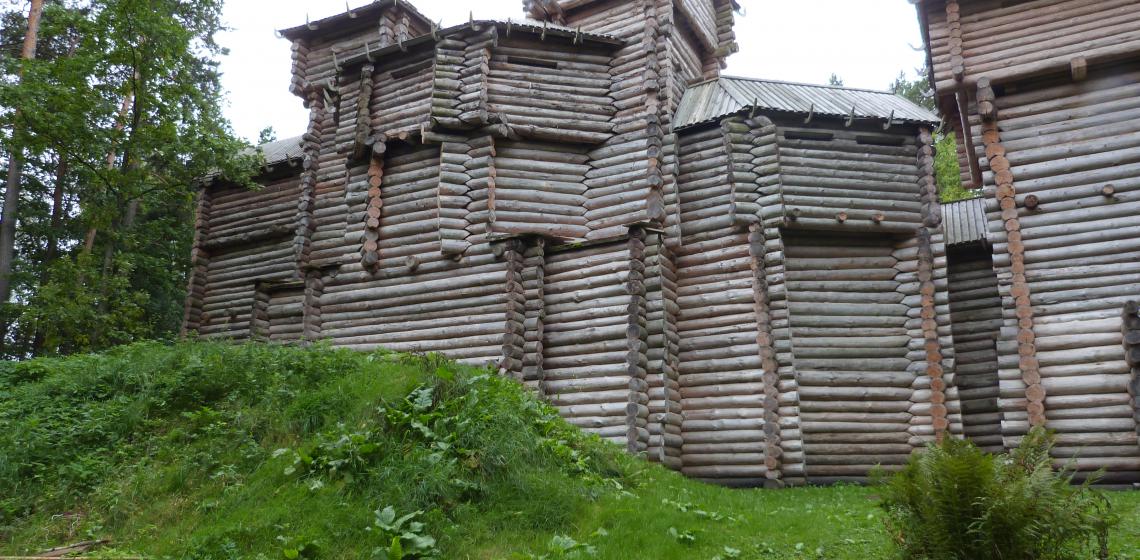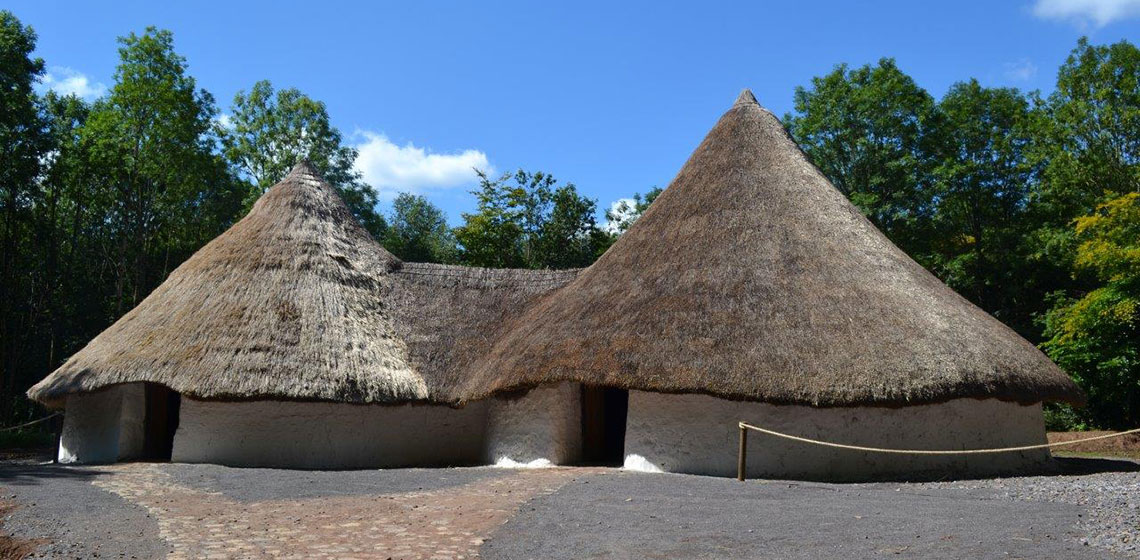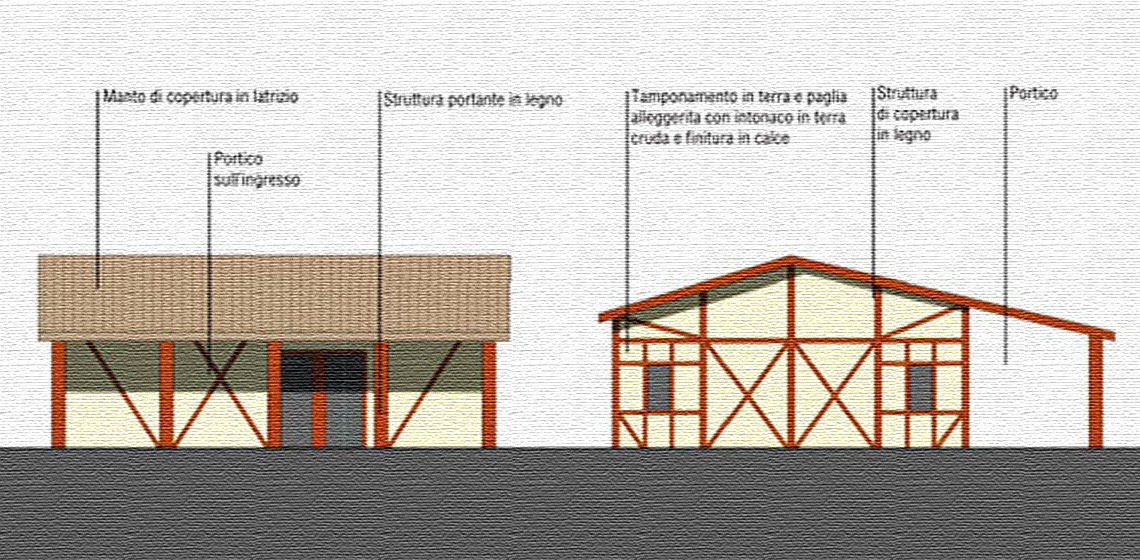Keltenhof Mackenzell (DE)
In 1998, archaeologists discovered a Hallstatt settlement in the Mackzell suburb of Hünfeld in East Hessen. The settlement dated to 700-800 BC and was excavated in the years 2000-2001.
The excavated houses were very diverse in ways of construction but relatively small. Even the main building was under 10 metres. This was a farmer’s settlement with the occasional home-made pottery. The finds are exhibited at the Konrad-Zuse Museum in Hünfeld.

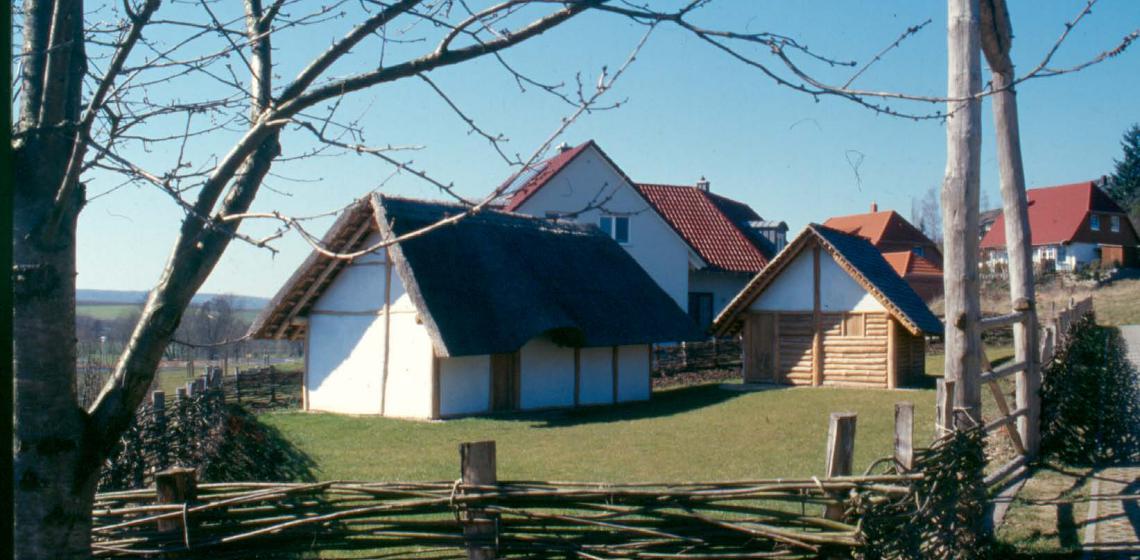

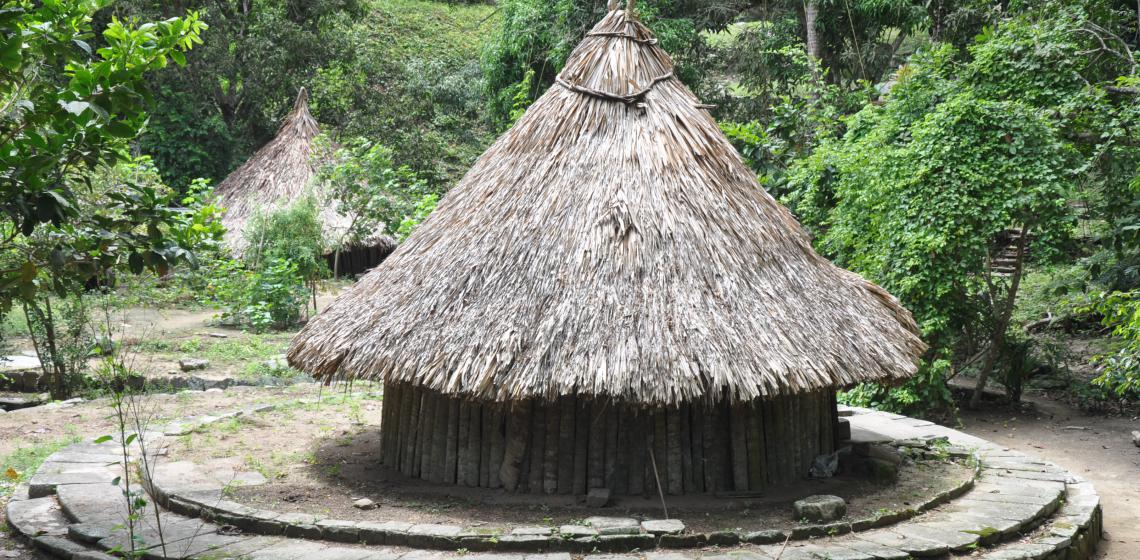
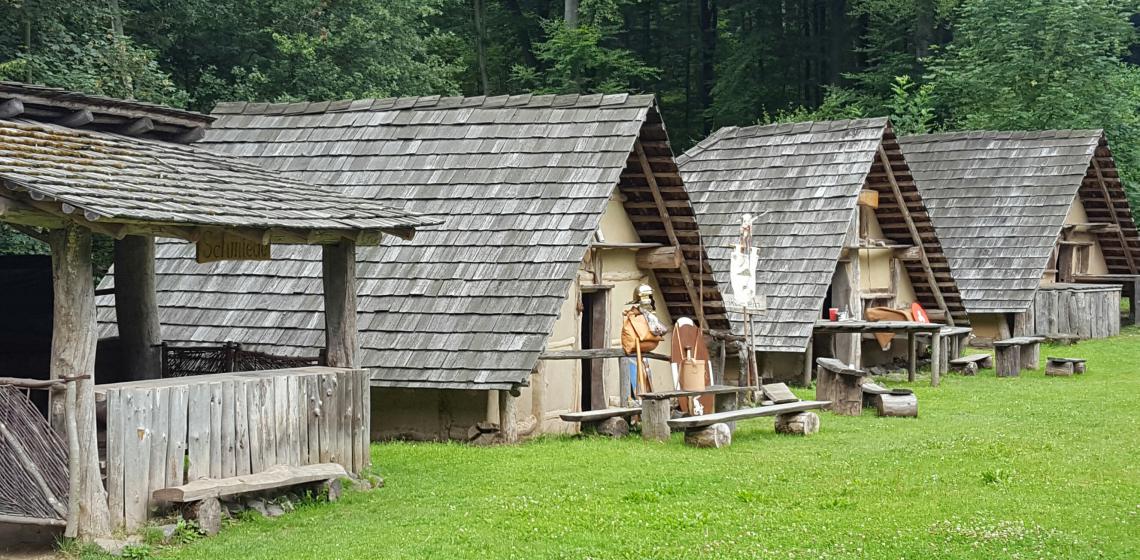
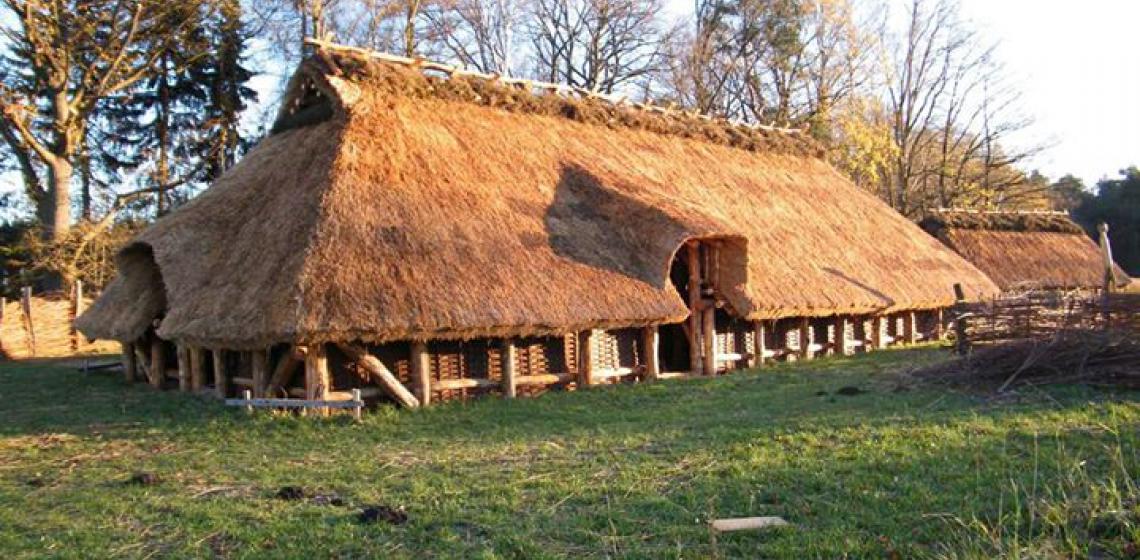
![Photo by Carole Raddato from Frankfurt (DE) [CC BY-SA 2.0 (http://creativecommons.org/licenses/by-sa/2.0)], via Wikimedia Commons](/sites/default/files/styles/full_size_1140/public/romermuseum_schwarzenacker_germany_9299758334.jpg?itok=2GcvRcqh)
